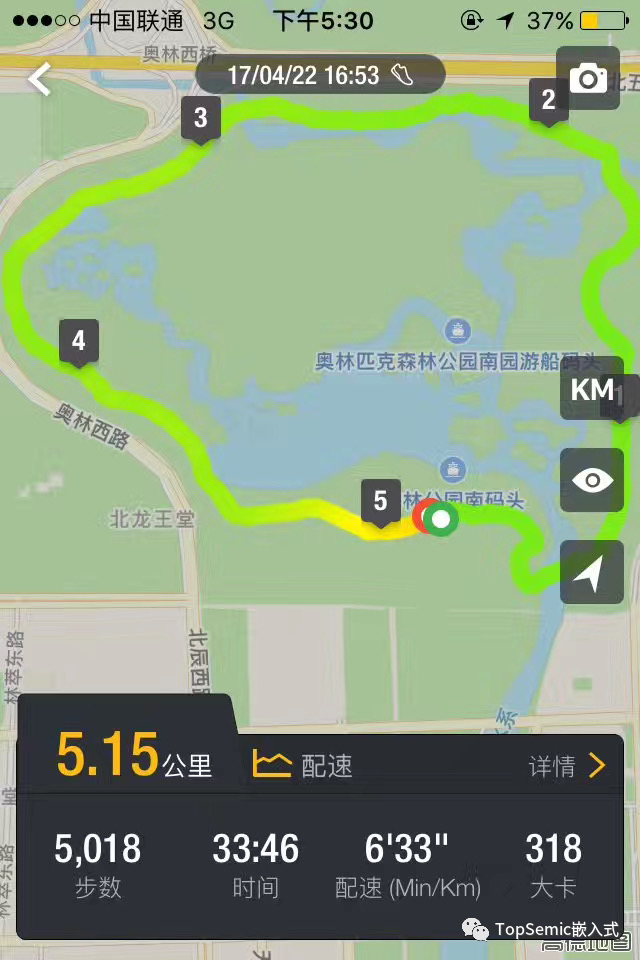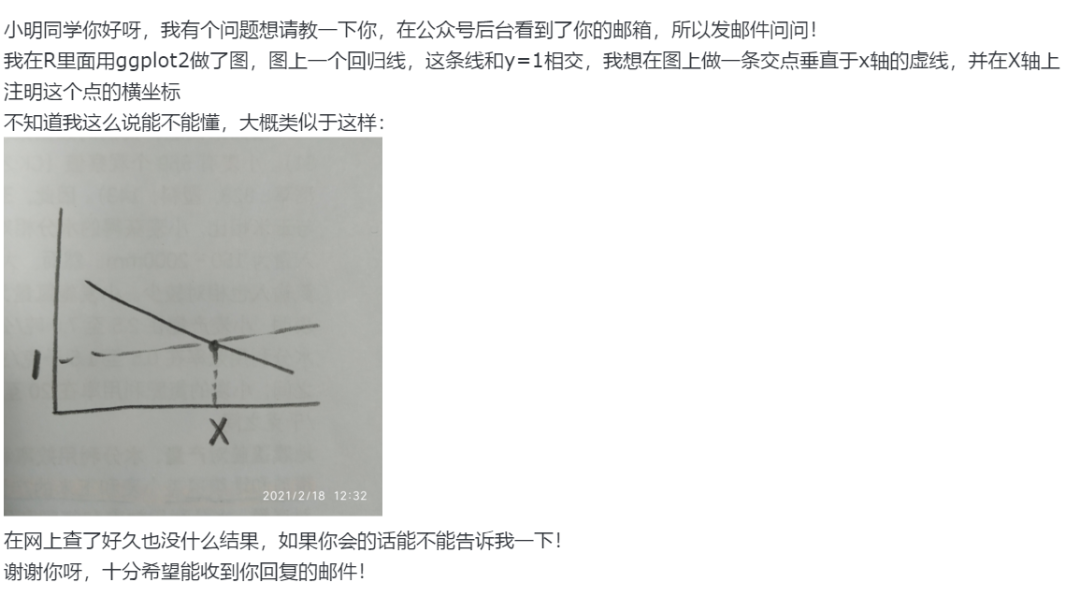我具有其中我在键盘显示的情况下,向上滚动的应用程序。 让键盘的大小,我注册,像这样的UIKeyboardWillShowNotification事件:
[[NSNotificationCenter defaultCenter]
addObserver:self
selector:@selector(keyboardWillShow:)
name:UIKeyboardWillShowNotification
object:self.view.window]
这并不工作,但问题是,它被称为textFieldDidBeginEditing被称为后。 所以,我不能得到实际的键盘尺寸,但只有后场已经在编辑模式下,这违背了第一个地方注册本次活动的全部目的。 我敢肯定,我已经叫UIKeyboardWillShowNotification而不是UIKeyboardDidShowNotification,尽管切换这两个产生相同的结果:第一个电话是给委托方法制成然后才通知方法。 如何扭转这个局面的任何想法? 目前,我硬编码的大小,这是非常不好的做法?
我建议一个GitHub的库
https://github.com/hackiftekhar/IQKeyboardManager
下面是我对这个使用exactly.It写了一个基类的子类UIViewController每当我想实现这样的行为,我只是做我的视图控制器子类这个基类的。
顺便说一句 - 你是对的。 textFieldDidBeginEditing键盘显示出来后,这就是为什么你要为我的类描述在键盘的回调方法向上滚动被调用。
同时请注意,这个工作你需要嵌入在滚动查看整个视图,并连接滚动视图,以它的IBOutlet中。
如果您使用的不是故事板卸下IBOutlet中的一部分,并嵌入您的视图中滚动视图,并在代码中的连接。
此说这里后的代码:
头文件
#import <UIKit/UIKit.h>
@interface BaseViewControllerWithKeyboard : BaseViewController
@property (nonatomic, strong) IBOutlet UIScrollView *scrollView;
@property (nonatomic, strong) UITextField *activeField;
@end
实现文件
#import "BaseViewControllerWithKeyboard.h"
@interface BaseViewControllerWithKeyboard ()
@end
@implementation BaseViewControllerWithKeyboard
- (id)initWithNibName:(NSString *)nibNameOrNil bundle:(NSBundle *)nibBundleOrNil
{
self = [super initWithNibName:nibNameOrNil bundle:nibBundleOrNil];
if (self) {
// Custom initialization
}
return self;
}
- (void)viewDidLoad
{
[super viewDidLoad];
[self registerForKeyboardNotifications];
}
- (void)didReceiveMemoryWarning
{
[super didReceiveMemoryWarning];
// Dispose of any resources that can be recreated.
}
// Call this method somewhere in your view controller setup code.
- (void)registerForKeyboardNotifications
{
[[NSNotificationCenter defaultCenter] addObserver:self
selector:@selector(keyboardWasShown:)
name:UIKeyboardDidShowNotification object:nil];
[[NSNotificationCenter defaultCenter] addObserver:self
selector:@selector(keyboardWillBeHidden:)
name:UIKeyboardWillHideNotification object:nil];
}
// Called when the UIKeyboardDidShowNotification is sent.
- (void)keyboardWasShown:(NSNotification*)aNotification
{
NSDictionary* info = [aNotification userInfo];
CGSize kbSize = [[info objectForKey:UIKeyboardFrameBeginUserInfoKey] CGRectValue].size;
UIEdgeInsets contentInsets = UIEdgeInsetsMake(0.0, 0.0, kbSize.height, 0.0);
_scrollView.contentInset = contentInsets;
_scrollView.scrollIndicatorInsets = contentInsets;
// If active text field is hidden by keyboard, scroll it so it's visible
// Your app might not need or want this behavior.
CGRect aRect = self.view.frame;
aRect.size.height -= kbSize.height;
if (!CGRectContainsPoint(aRect, _activeField.frame.origin) ) {
[self.scrollView scrollRectToVisible:_activeField.frame animated:YES];
}
}
// Called when the UIKeyboardWillHideNotification is sent
- (void)keyboardWillBeHidden:(NSNotification*)aNotification
{
UIEdgeInsets contentInsets = UIEdgeInsetsZero;
_scrollView.contentInset = contentInsets;
_scrollView.scrollIndicatorInsets = contentInsets;
}
@end
我在XCode中5开了一个新的项目,增加了一个UITextField到ViewController和连接它的委托。
这是我唯一的代码:
- (void)viewDidLoad
{
[super viewDidLoad];
[[NSNotificationCenter defaultCenter] addObserver:self selector:@selector(myNotificationMethod:) name:UIKeyboardWillShowNotification object:nil];
}
- (void)myNotificationMethod:(NSNotification*)notification
{
NSDictionary* keyboardInfo = [notification userInfo];
NSValue* keyboardFrameBegin = [keyboardInfo valueForKey:UIKeyboardFrameBeginUserInfoKey];
CGRect keyboardFrameBeginRect = [keyboardFrameBegin CGRectValue];
NSLog(@"Rect: %@",NSStringFromCGRect(keyboardFrameBeginRect));
}
这里的日志输出:
Portraid:
Rect: {{0, 480}, {320, 216}}
景观:
Rect: {{-162, 0}, {162, 480}}
编辑:
关于textFieldDidBeginEditing之前被称为name:UIKeyboardWillShowNotification ,我真的不明白,为什么有区别,如果文本框是在编辑模式下或没有,但也有解决这几个方面。
保存参考从textFieldShouldBeginEditing文本框,并使用它里面myNotificationMethod如果没有textFieldShouldBeginEditing被触发。
玩弄UIResponder像这样:
在textFieldDidBeginEditing - >保存到一个参考UIResponder并改变UIResponder到一个临时不相干之一。 在myNotificationMethod做你想要做的文本框(是不是在编辑模式\第一响应者)什么都,当您完成让你的主要UIResponder 。
根据苹果的文档UIKeyboardWillShowNotification被称为将要显示的键盘之前,而UITextFieldDidBeginEditing被称为刚过文本字段成为第一个响应者。 该过程显示后的文本字段成为第一个响应,且仅当键盘尚未显示的键盘开始。 这意味着UIKeyboardWillShowNotification将UITextFieldDidBeginEditing后调用。 所以UITextFieldDidBeginEditing不会过早地被调用。
如果你只是想向上滚动,使文本字段不会下键盘被隐藏,你可以设置内容滚动视图在UITextFieldShouldBeginEditing或UITextFieldDidBeginEditing文本字段的y原点偏移。
老问题,但我今天遇到了同样的问题。 我建立了一个有点“脏”的解决办法,不逼我硬编码键盘大小。 我只是做了以下的viewDidAppear(注意 - 斯威夫特):
override func viewDidAppear(animated: Bool) {
super.viewDidAppear(animated)
self.infoTextField.becomeFirstResponder()
self.infoTextField.resignFirstResponder()
}
这触发了UIKeyboardWillShowNotification,你可以从通知获取键盘的大小,并将其存储在一个属性。 希望这可以帮助别人,它的工作在我的情况。






